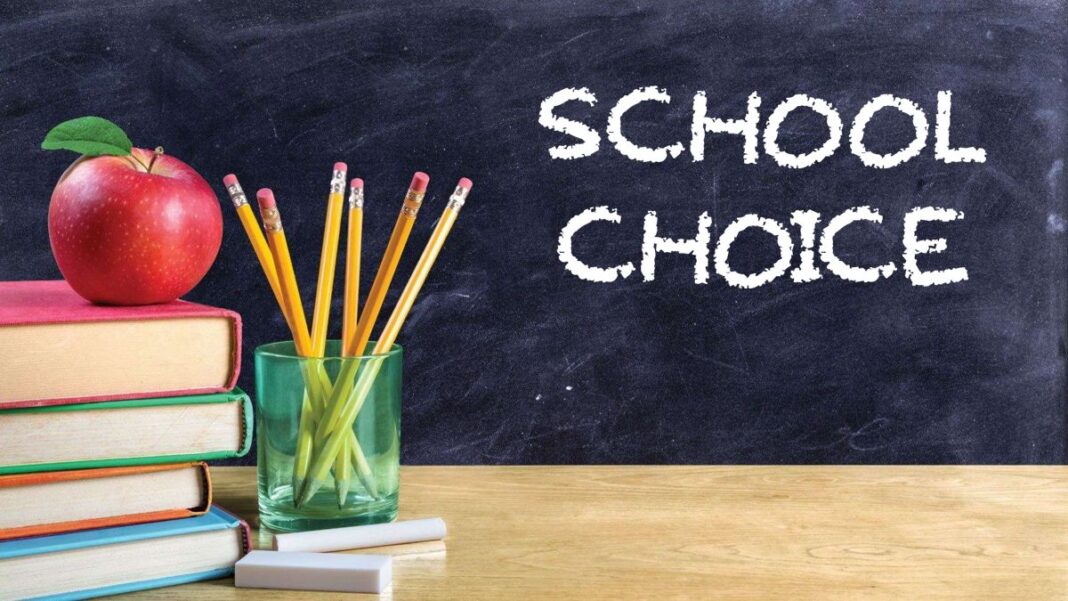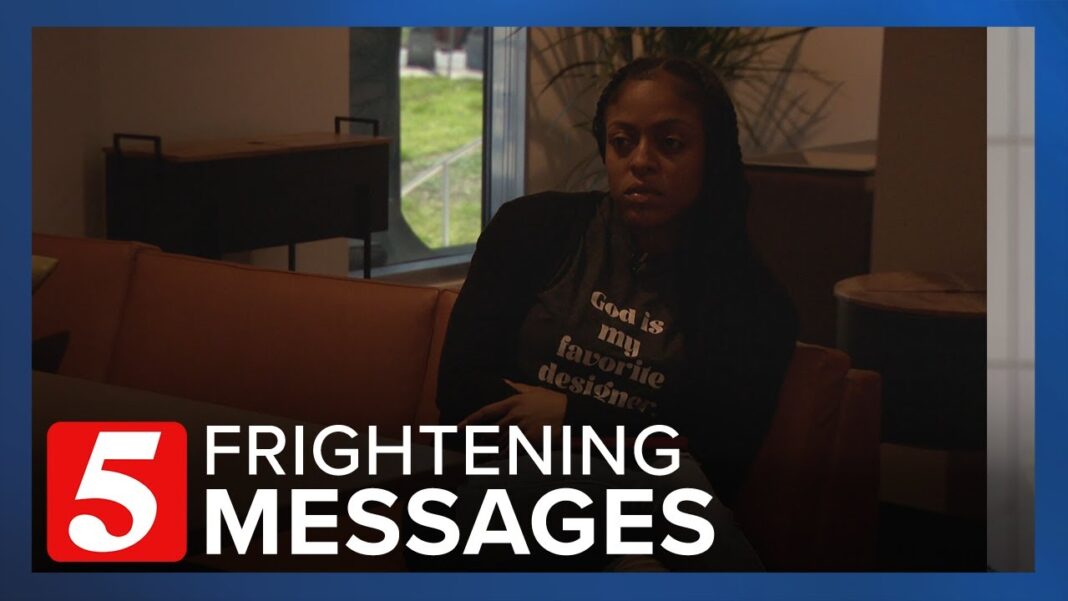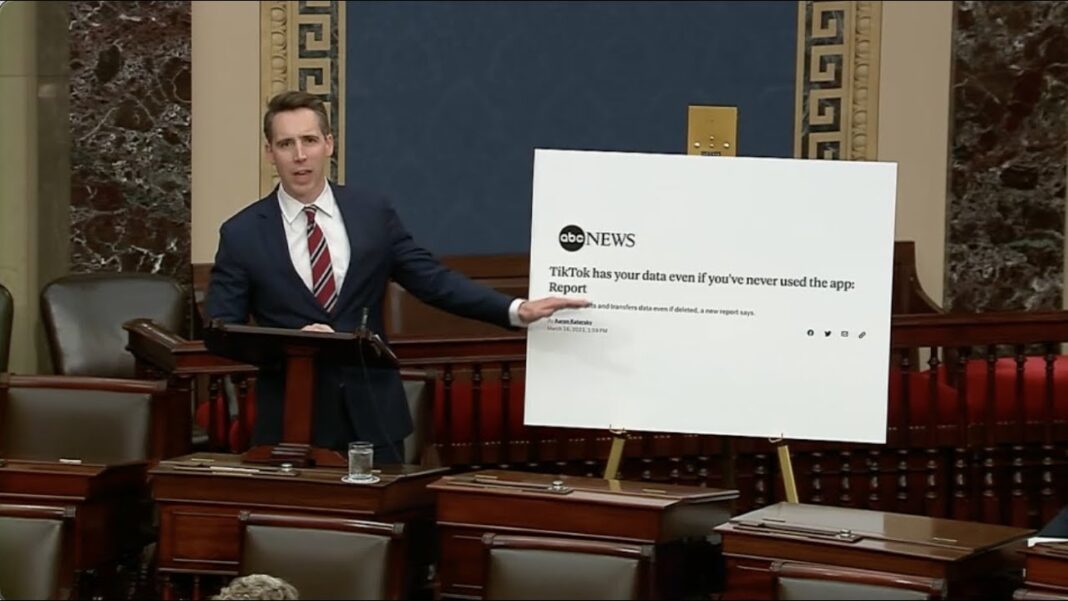Republican Florida Gov. Ron DeSantis signed a piece of legislation into law on Monday creating a universal school choice program.
Conservative states have now realized a systemic failure of locking children into failing local public schools. New York public schools are so bad that the state is now lowering proficiency standards to justify promoting kids to higher grades. At 55 Chicago schools, not a single student can read at a grade level. Washington DC allows students to graduate without learning how to read. Subpar public education is the main driver of “inequity” in American society.
With the worst public schools located in the poorest areas of the country, with no discipline, no motivation, and no accountability for teachers, the children who need help most are doomed to failure. Kids who don’t have an involved parent are the ones who benefit from extra teacher supervision and personalized instruction. Conservative states are now well on their way to providing low-income families with much needed financial help to help their kids succeed.
My own family was very much affected by the lack of school choice. As a young mom living in California, I did not realize the limitations of being attached to your local public school until my older son was about to start Kindergarten. When we bought our first house three years prior, we did not research the schools, figuring we’d deal with that when the time comes. However, when the time did come, we had a 5-year-old who was doing long division problems for fun but could not hold a conversation with a kid his own age for all the candy in the world. We felt that a public school would not provide the right environment for a child who wasn’t a typical learner.
Our local school was not badly rated – in fact, it was so popular that it could not fit all the neighborhood kids. Many families were forced to enter another, lower rated school district, where my son would have ended up as well. We realized that a public school was not a good option, so the hunt for a private school was afoot.
After months of research, tours, and interviews, we picked a Jewish Day School a few towns away. Morning commute was bad enough, but there was a more significant question: could we afford it? At the time my husband was the only working parent as I chose a career of a full-time mom to my two little boys. Paying for a private school would considerably strain the family budget.
The school, however, could not have been a better fit. They helped us out financially providing a scholarship which we still very much appreciate. They had a perfect combination of personalized teaching approach, relaxed social environment, and a bonus of Jewish education. The school principal – a gifted math teacher – gave one on one lessons to my math wizard son. After he retired, other teachers adopted personalized lesson plans to keep pace with my son’s progress.
But even that soon became insufficient. My son spent his spare time at home learning math and science on his own, and the school was running out of options. Then, I raised a question of a possibility of him skipping a grade. The school resisted. I had a meeting with a principal, a special ed teacher, and a psychologist. They pointed out my son’s social skills deficit that would have likely made getting along with the older peers difficult. In hindsight, they were correct. I appreciated the thought and patience the school officials demonstrated in addressing my son’s unique needs, and I wish every family could be treated with the same respect and understanding.
To address my son’s accelerated pace, the school opened another math lane, in addition to the three they already had. The new math class had a dedicated teacher who put an emphasis on technology and coding. The class had only six students who had the knowledge and interest to keep up with the difficult subject matter; everyone thrived. Picking a private school was definitely the right choice for us.
After finishing middle school, absence of school choice raised its ugly head once again. As 8 years ago, our local public high school was not a good fit. Most of my son’s classmates transitioned into the Jewish high school located nearby. That seemed like a good option to us, but my son had other plans. He found out that the new school had lax academic policies and only a handful of challenging science classes. The emphasis was mostly on Jewish studies, which was not his area of interest. He demanded a more structured and challenging academic environment.
Finding a private high school was a much harder task than finding a private elementary school. Silicon Valley did not have many options. My son’s first choice school was much farther South which made for an impossible morning commute, and it had an enormous price tag. His other choice was the highest rated public school in Bay Area, which had a shorter commute. But it was not in our district, so our only option was to move.
At that time, I realized how inferior was the system of being stuck in your local school district. From my best friend who lives in Sweden, I learned that their government pays for any school a parent chooses for their child, public or private. The money is attached to the child – not the school. That system made a lot more sense. Schools very widely in their approach and the students they target, and finding the right school for your child’s unique learning style produces much better results than “one style fits all” approach. While some public schools work just fine for many kids, others simply fail to deliver results because they have no incentive to do so.
But I digress. For a one income family, house hunting in one of the most expensive zip codes in the country is not an experience for the faint at heart. After eight rejected offers, we bid on a fixer upper that had no functioning appliances and a barely working heater. After excruciating loan approval process, our kid could proudly bike to his local public school, although he had to wait a few weeks for his bathroom to be fixed. Almost ten years later, he still has PTSD of living through a four-year renovation of a barely standing house that was only complete after he left for college.
While our journey was difficult, it was also one that we chose. Our local public schools were not that bad, and had our kids gone there they would likely do well because they had a supportive family structure. It is the kids who are left to fend for themselves for one reason or another, are the most at risk from being stuck in a failing school. Wealthy elites have long been “opting out” of public education, while low-income families have no choice, thus perpetuating the circle of poverty.
Today, universal school choice became the law in Florida:
House Bill 1, sponsored by the Education Quality Subcommittee, establishes an Education Savings Accounts (ESA) program under which every family is eligible to receive up to $8,000 to cover education expenses outside of the public school system. The vouchers will be distributed on a “priority” basis, with families of four making less than $51,000 annually receiving the funds first.
In California, however, the teachers unions continue to terrorize Gavin Newsom’s ever so patient loyal subjects. You can’t blame the teachers – after not showing up for work for two years, everyone needs another break.








